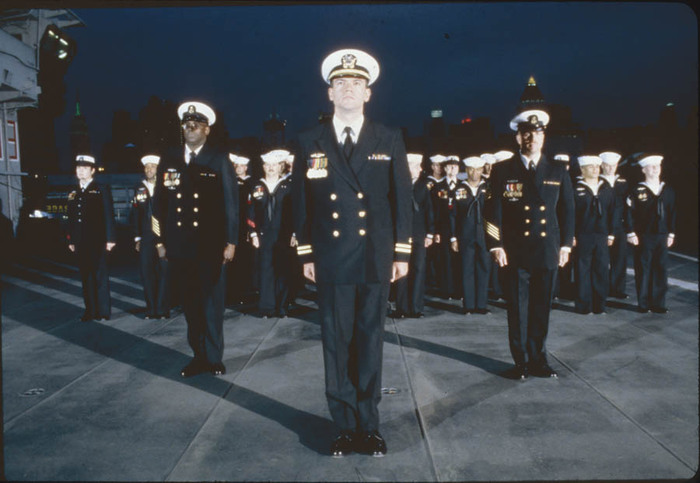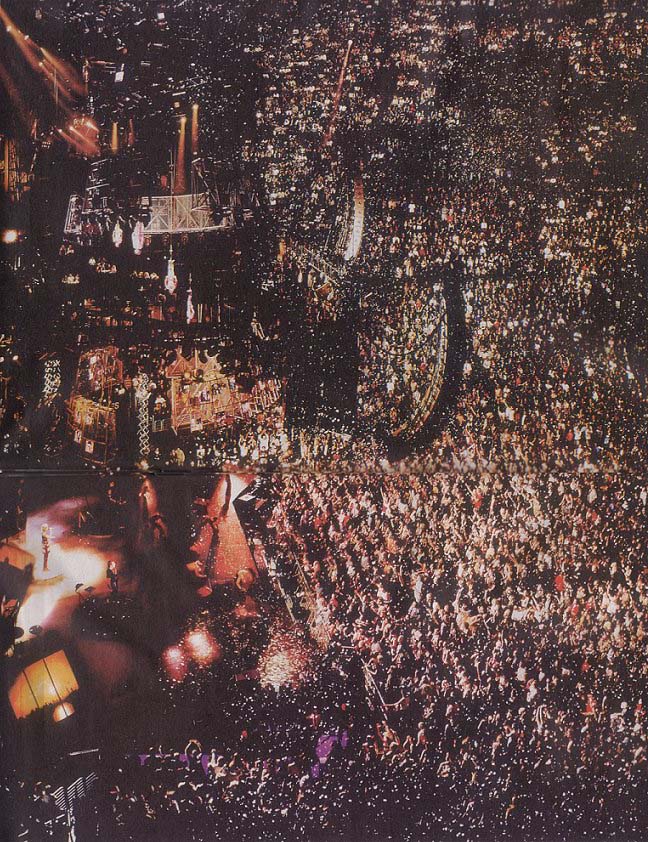Still too distracted in the aftermath? Project in turnaround? The terrorist subplot deemed inappropriate for our new entertainment environment? No, no, and no. Just the rest of life–including work-related stuff, shuttling between NYC and DC, planning to build one house and to find another in the mean time, on and on–constantly impinging on my time and mind.
Also, recent travel has kept me somewhat out of touch with people who regularly ask, “how’s the movie coming? I haven’t seen an update on the web.” Cue the friends in NYC last week, including one blog coach and sounding board who cracked the whip and told me what I needed to hear: block out the time for working on the movie, to the exclusion of other things.
Somewhat unexpectedly, this weblog is functioning as a catalyst to keep this project moving forward. Not even cart/horse, really; practically harness/cart/horse. [as it turns out, he had his own motivations, too; his thought-provoking entry that mentions this site was in danger of getting stale if I didn’t update more frequently. Win-win, Chad. Thanks!]
Screening and logging: another reason it’s been easy not to work on the movie is that right now (since the first location in July/August, actually) I’m screening the footage we shot, logging the contents, taking notes, taking stock. This process–time-consuming under standard practice shooting– is even more consuming because of 1) DV profligacy and low cost (“just shoot ’em all and let the director sort ’em out.”), and 2) the Maysles-inspired fly-on-the-wall, unscripted approach.
During the two hours I blocked out yesterday, I screened “Utah 7: LW Follow,” a tape shot at my grandmother’s house.
Activity: chatting around the table; searching for recipes; starting to make biscuits shucking corn; continuing to make biscuits; negotiating with my young CT cousins for the day’s schedule; reading the paper; getting food for one, then another, cousin. It’s extremely mundane activity, but my grandmother–who was a schoolteacher for many years–has an unconscious habit of gently narrating almost everything and punctuating her narration with aphorisms, observations, recommendations. “Sometimes it’s better to listen silently across the room than to be the one asking all the questions.” (a paraphrase).
[note: it’s 10:30 AM as I write this, and someone is smoking a fatty right outside my slightly open window. Uptown. Off Park Avenue. They’re hanging around, too, not just walking by. It’s like it’s 1994 or something.]
Image: It’s generally pretty static, cleanly framed shots. Enclosed setting is a factor. Not a lot of movement by the subject, really. Also, the almost-impulsive decision to buy-not-borrow a tripod made it a favorite of the crew.
The crew being just me and Jeff, who did most of the shooting, also factored in. Ideally, it’d be more flexible with one more person to focus on sound, mikes, lighting, etc. I remember trying to corral my almost-16 year old cousin into being the boom mike guy, but he successfully evaded us for most of the time.
Technical: The sound sucks regularly. Our new XLR adaptor had a short in it, and there are long stretches where the popping and scratching are so bad, I almost had to mute the monitor. It would’ve been nice to test everything before getting out of reach of B&H. [note: the replacement’s fine, though.]
Light is great. A southfacing kitchen window is all we used. Nice contrast. Some unhappy moments with the wideangle lens. And the graduated filter (for reining in the contrast between sunlight and interior, for example) had a smudge on it. Only for a few minutes, though.
Equipment: This so clearly falls into the, “but it’s for the movie project” school of rationalization I shouldn’t mention it. Actually, if I’d posted about it two weeks ago, it’d give a too-clear portrayal of how I was avoiding screening tapes. I bought a bag for the tripod at Jack Spade, a store near my old office. Cool store, nice folks. The pitch for the bag was, “it’s for carrying blueprints. Or maybe a yoga mat.” They can safely add “or a video tripod” to their rap. Here’s a review.
Here’s a puff piece about the premiere of Jack Spade Films’ “Paperboys,” directed by Mike Mills. Mike makes Moby videos, too.
There’s an authenticity of the actual people and the store and the movie that I greatly admire, which is rendered cringingly fatuous in store reviews and movie premiers co-starring Tina Brown. How susceptible am I, is this project, to being “jaded Manhattanites [getting] a little nostalgic for suburbia?” I’d better make my grandmother executive producer. Back to work.
Actually, I’m leaving for a crazy two-day trip to see some friends whose work is in a show in London.


